How Rory Fanning went from Army Ranger to war resister (and counter-recruiter).
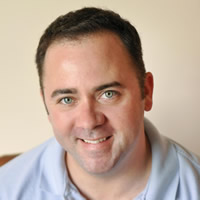 Alex N. Press / Jacobin - In a high school classroom on the South Side of Chicago, Rory Fanning is telling students about the time he and his fellow Army Rangers occupied a school in Afghanistan. “We walked in and said, ‘School’s canceled, we’re going to use this as a military base for the next six weeks.’ There was nothing they could do about it.”
Alex N. Press / Jacobin - In a high school classroom on the South Side of Chicago, Rory Fanning is telling students about the time he and his fellow Army Rangers occupied a school in Afghanistan. “We walked in and said, ‘School’s canceled, we’re going to use this as a military base for the next six weeks.’ There was nothing they could do about it.”
Sometimes, after abducting locals for reasons as thin as not showing enough deference to soldiers, his superiors would place their detainees in separate classrooms and fire a gun somewhere out of sight so that each detainee would think the other had been shot. At that point, says Fanning, “We’d walk into the rooms where each person was and say, ‘Your friend didn’t tell us what we wanted to hear. Do you have anything we want to hear?’ This is how we got information. These are things I watched.”
It’s June 2019; the so-called War on Terror has been going on since before any of the students in the room were born. Fanning is presenting his story — how he went from volunteer enlistee to conscientious objector — to three classes this morning. He’s doing what’s known as “counter-recruitment.” The US military spends more than a billion dollars a year to draw enlistees to what has been, since 1973, an all-volunteer force. The gigantic institution employs around ten thousand recruiters, and thanks to the No Child Left Behind Act, they receive the same access to students as college recruiters. The odds are certainly not in Fanning’s favor.
Rather than finger-wagging to teenagers, telling them they cannot enlist, Fanning insists he simply wants them to know what they’re signing up for. After all, as he tells the class, the military is no regular job — if you try to quit, you can be sent to jail, or, at least historically, killed (“Your manager at Pizza Hut certainly doesn’t have that kind of power,” he says). His aim is to fill in the parts of the military experience that go unmentioned by recruiters — such as the fact that most of those killed in war are civilians, and that unlike Call of Duty, you can never turn off your memories of war.
The school we’re in has a particularly active Junior Reserve Officers’ Training Corps (JROTC) program, and men in uniform pass by in the hall between class periods as Fanning hangs back, talking with the teacher who invited him to speak today. The military emphasizes JROTC’s role in “character development” rather than as a recruiting vehicle, but almost half of JROTC cadets go on to enlist.
Fanning enlisted in the Army Rangers shortly after 9/11 — the Rangers were having a particularly good year thanks to Ridley Scott’s Black Hawk Down, a film depicting the regiment bloodletting in the Battle of Mogadishu. He had recently finished college and felt it wasn’t right that eighteen-year-olds, barely adults, were going to be the ones signing up to fight. Plus, he tells the class, he wanted to “prevent another 9/11.”
Despite Fanning’s desire to do good in the world — and maybe have his student debt paid off, too — it didn’t take long for him to come to a different view of the military. “I was expecting bullets to be whizzing by my head when I landed in Afghanistan,” he tells the students, “but when the sun came up the next day, all I saw was unbelievable amounts of poverty. I felt like a bully.”
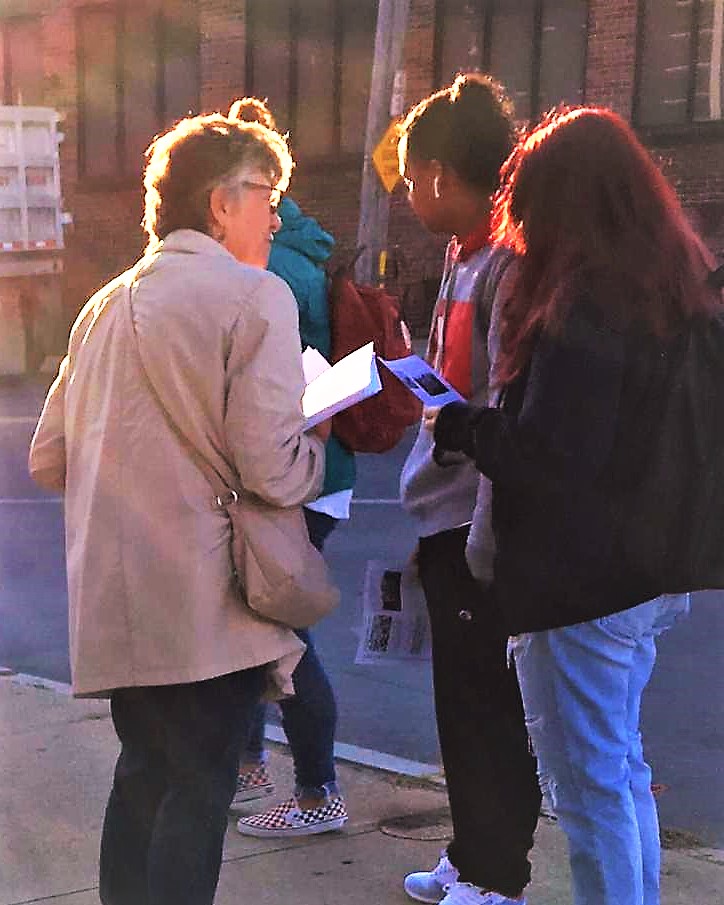 Bonnie J. Caracciolo, Chelsea Uniting Against the War (CUAW) - On September 9, 2019 members and supporters of Chelsea Uniting Against the War (CUAW) greeted students on their way to school. CUAW was there to inform students about their right to opt out from having their personal information given to military recruiters.
Bonnie J. Caracciolo, Chelsea Uniting Against the War (CUAW) - On September 9, 2019 members and supporters of Chelsea Uniting Against the War (CUAW) greeted students on their way to school. CUAW was there to inform students about their right to opt out from having their personal information given to military recruiters.

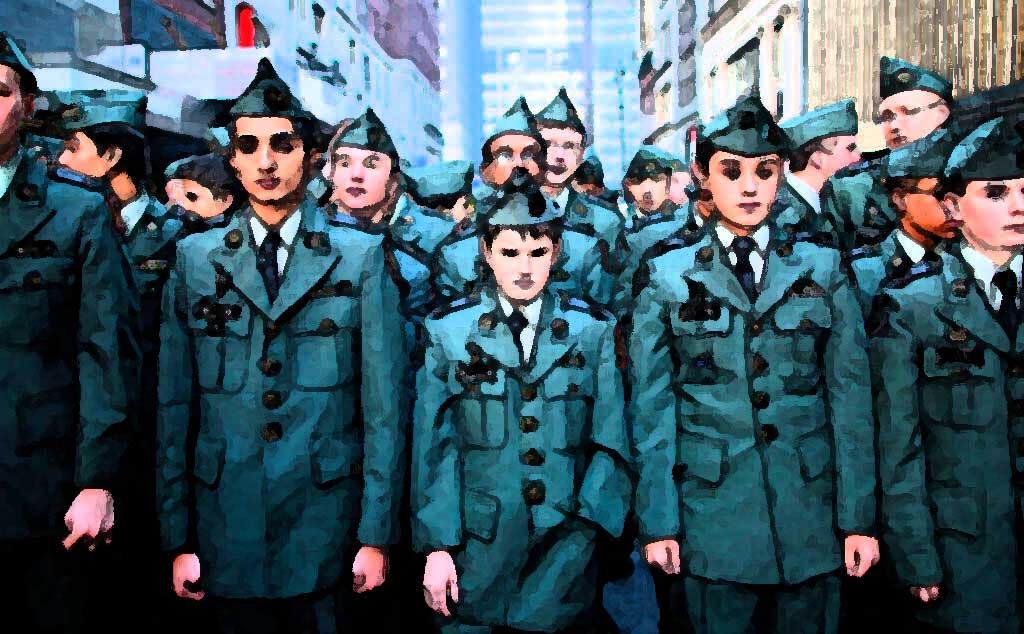
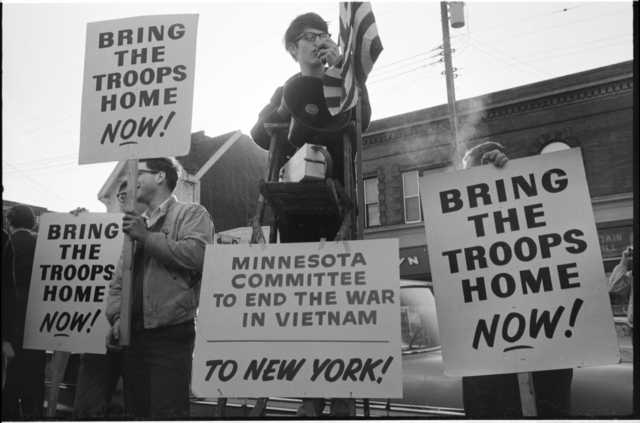
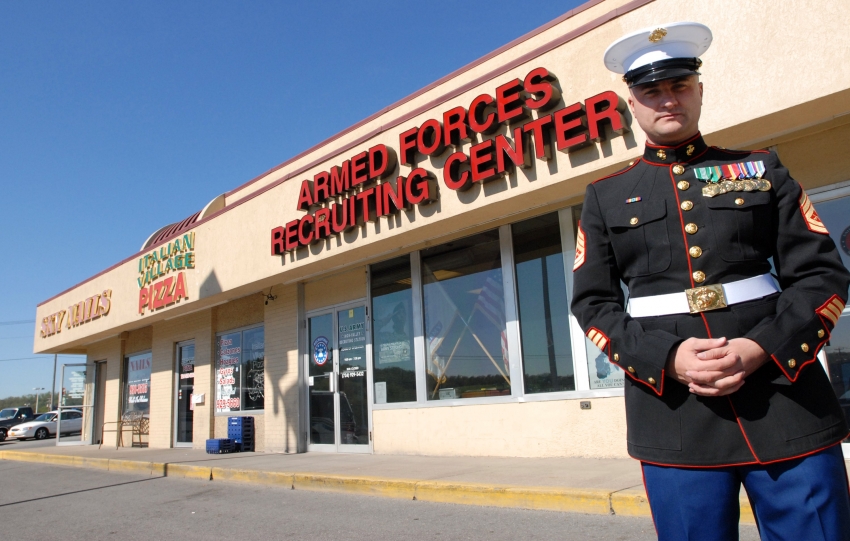 Elizabeth King, In These Times - Eighteen is the youngest age at which someone can join the U.S. military without their parents’ permission, yet the military markets itself to—which is to say recruits—children at much younger ages. This is in part accomplished by military recruiters who visit high schools around the country, recruiting children during career fairs and often setting up recruitment tables in cafeterias and hallways. As a result, most students in the U.S. will meet a military recruiter for the first time at just 17 years old, and children are getting exposed to military propaganda younger and younger.
Elizabeth King, In These Times - Eighteen is the youngest age at which someone can join the U.S. military without their parents’ permission, yet the military markets itself to—which is to say recruits—children at much younger ages. This is in part accomplished by military recruiters who visit high schools around the country, recruiting children during career fairs and often setting up recruitment tables in cafeterias and hallways. As a result, most students in the U.S. will meet a military recruiter for the first time at just 17 years old, and children are getting exposed to military propaganda younger and younger. Though the
Though the  David Swanson is the author of the new book, Daybreak: Undoing the Imperial Presidency and Forming a More Perfect Union, by Seven Stories Press and of the introduction to The 35 Articles of Impeachment and the Case for Prosecuting George W. Bush by Dennis Kucinich. In addition to cofounding AfterDowningStreet.org, he is the Washington director of Democrats.com and sits on the boards of a number of progressive organizations in Washington, DC.
David Swanson is the author of the new book, Daybreak: Undoing the Imperial Presidency and Forming a More Perfect Union, by Seven Stories Press and of the introduction to The 35 Articles of Impeachment and the Case for Prosecuting George W. Bush by Dennis Kucinich. In addition to cofounding AfterDowningStreet.org, he is the Washington director of Democrats.com and sits on the boards of a number of progressive organizations in Washington, DC. Jorge Mariscal is the grandson of Mexican immigrants and the son of a U.S. Marine who fought in World War II. He served in the U.S. Army in Vietnam and currently teaches at the University of California, San Diego.
Jorge Mariscal is the grandson of Mexican immigrants and the son of a U.S. Marine who fought in World War II. He served in the U.S. Army in Vietnam and currently teaches at the University of California, San Diego. Matt Guynn plays the dual role of program director and coordinator for congregational organizing for On Earth Peace, building peace and nonviolence leadership within the 1000+ congregations of the Church of the Brethren across the United States and Puerto Rico. He previously served a co-coordinator of training for Christian Peacemaker Teams, serving as an unarmed accompanier with political refugees in Chiapas, Mexico, and offering or supporting trainings in the US and Mexico.
Matt Guynn plays the dual role of program director and coordinator for congregational organizing for On Earth Peace, building peace and nonviolence leadership within the 1000+ congregations of the Church of the Brethren across the United States and Puerto Rico. He previously served a co-coordinator of training for Christian Peacemaker Teams, serving as an unarmed accompanier with political refugees in Chiapas, Mexico, and offering or supporting trainings in the US and Mexico. Rick Jahnkow works for two San Diego-based anti-militarist organizations, the Project on Youth and Non-Military Opportunities and the Committee Opposed to Militarism and the Draft. He can be reached at:
Rick Jahnkow works for two San Diego-based anti-militarist organizations, the Project on Youth and Non-Military Opportunities and the Committee Opposed to Militarism and the Draft. He can be reached at:  Pat Elder was a co-founder of the
Pat Elder was a co-founder of the 